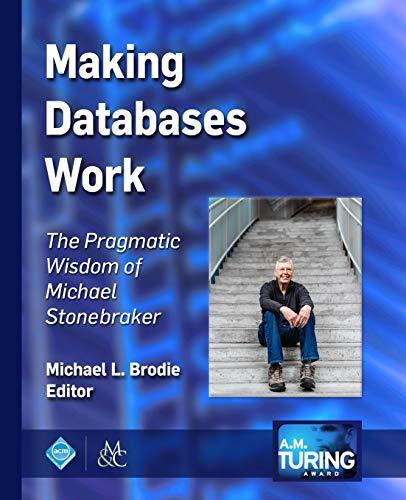Answered step by step
Verified Expert Solution
Question
1 Approved Answer
The purpose of Digital Signal Processing ( DSP ) is to manipulate and analyze digital signals to extract useful information or enhance their quality for
The purpose of Digital Signal Processing DSP is to manipulate and analyze digital signals to extract useful information or enhance their quality for various applications. DSP encompasses a wide range of techniques and algorithms that operate on digital signals, which are discretetime sequences of sampled data.
Digital Signal Processing DSP can be implemented on Arduino Uno to perform various tasks such as filtering, modulation, and signal analysis. Below is a simple example demonstrating how to generate a sine wave using Direct Digital Synthesis DDS technique, which is a common application of DSP on microcontrollers like Arduino Uno:
The code example provided generates a sine wave on pin using DDS technique. The sine wave is synthesized using a precomputed lookup table of sine values. The frequency of the generated sine wave can be adjusted by changing the value of FREQ. Keep in mind that the maximum frequency may be limited by the processing power of the Arduino Uno and the speed of the DAC Digital to Analog Converter
Arduino Uno DDS Sine Wave Generator
#include
const uintt SINETABLE PROGMEM
;
const uintt TABLESIZE sizeofSINETABLE sizeofSINETABLE;
const int WAVEOUTPUTPIN ;
const float SAMPLINGFREQ ; Hz
const float FREQ ; Hz
const float PHASEINCREMENT FREQ SAMPLINGFREQ TABLESIZE;
uintt phaseAccumulator ;
void setup
pinModeWAVEOUTPUTPIN, OUTPUT;
void loop
Calculate next sample
uintt sample pgmreadwordnearSINETABLE phaseAccumulator ;
Output sample to DAC
analogWriteWAVEOUTPUTPIN, sample ;
Update phase accumulator
phaseAccumulator PHASEINCREMENT;
Wrap phase accumulator
if phaseAccumulator TABLESIZE
phaseAccumulator TABLESIZE ;
Questions:
Code Questions:
How does the provided Arduino code utilize Direct Digital Synthesis DDS to generate a sine wave, and what are the key components involved in this process?
Explain the significance of the SINETABLE array in the context of the code, and how does it contribute to the generation of the sine wave?
What role does the PHASEINCREMENT variable play in the code, and how is it calculated based on the desired frequency and sampling frequency?
Describe the operation performed in the loop function and how it ensures the generation of a continuous sine wave.
Discuss the purpose of the phaseAccumulator variable in the code, including how it is updated and why it is necessary for generating the sine wave.
DSP Questions:
Define Digital Signal Processing DSP and explain its significance in modern technology.
Discuss the differences between analog signal processing and digital signal processing, highlighting the advantages of DSP
Explain the fundamental principles of sampling and quantization in the context of digital signal processing.
Describe common applications of DSP across various domains such as telecommunications, audio processing, image processing, and biomedical signal processing.
Discuss the challenges and limitations associated with implementing DSP algorithms in realtime systems and embedded devices, and propose strategies for overcoming them.
Step by Step Solution
There are 3 Steps involved in it
Step: 1

Get Instant Access to Expert-Tailored Solutions
See step-by-step solutions with expert insights and AI powered tools for academic success
Step: 2

Step: 3

Ace Your Homework with AI
Get the answers you need in no time with our AI-driven, step-by-step assistance
Get Started


